Something you may or may not have seen in the news is the “trillion-dollar coin”. Basically the idea is the Treasury would order the United States Mint to create a $1 Trillion coin from platinum. The first time the idea was conjured, it didn’t really gain a lot of traction. So is this really an end-run around the debt ceiling, or is there more to this than people seem to realize?
Let’s do a deep dive into what people are talking about.
Creating coins and seigniorage
Coins are different from the Federal Reserve Notes, which are the paper currency of the United States. Both are created by the United States government and “bought” by the Federal Reserve, and made only by order of the Federal Reserve. Federal Reserve Notes, though, are created by the Bureau of Engraving and Printing (who prints more than just the Federal Reserve Notes), and coins are struck by the United States Mint.
31 USC § 5111 is the statute that describes, more or less, how all this happens with regard to coins. Specifically section (b) discusses two funds: a coinage metal fund and coinage profit fund.
The coinage metal fund is exactly as it sounds: it is the money the Treasury (likely the several Mints, directly) uses to buy the metal needed to create new coins. The coinage profit fund is a little different. I’ll quote the statute directly:
The Department of the Treasury has a coinage metal fund and a coinage profit fund. The Secretary may use the coinage metal fund to buy metal to mint coins. The Secretary shall credit the coinage profit fund with the amount by which the nominal value of the coins minted from the metal exceeds the cost of the metal. The Secretary shall charge the coinage profit fund with waste incurred in minting coins and the cost of distributing the coins, including the cost of coin bags and pallets. The Secretary shall deposit in the Treasury as miscellaneous receipts excess amounts in the coinage profit fund.
If you’re familiar with the concept of “seigniorage”, that is the “coinage profit fund” in a nutshell. The face value of each coin minus its cost of production and distribution. But that profit is only applied when the Federal Reserve actually buys the coins, just as stores only record the profit on an item in inventory when it sells. Contrary to the assertions of many, the concept doesn’t apply to the Federal Reserve Notes because, unlike coins, the Federal Reserve Notes aren’t sold to the Federal Reserve at face value.
It’s an interesting catch in how money is created in the United States. The United States creates and sells bonds, some of which are bought by the Federal Reserve on the open market. Then the Federal Reserve uses some of the money it creates to buy Federal Reserve Notes and coins from the United States government. And any operating profit from the Federal Reserve is also deposited into the Treasury.
But that doesn’t offset the national debt. Because what backs the Federal Reserve’s ability to buy coins is United States Treasury securities. So some of the debt the Federal Reserve owns is “cashed out”, so to speak, to buy coins.
The Constitution authorizes Congress the power to “coin Money, and regulate the Value thereof”. “Coin” being the key word here. As such, when the Treasury mints coins, they are creating money from the metal they bought. The Federal Reserve buys the coins at face value plus any overhead, and the Treasury credits to the “coinage profit fund” only occur when that happens.
Which is where the idea of the Trillion-Dollar coin comes into play.
Trillion-dollar coin
Most of the proposals I’ve seen talk about creating a special Trillion-Dollar coin in platinum. The Mint would likely use its current platinum stock to strike the coin, meaning the cost for the platinum to the Mint was far less than its current price on the open market (a little under $1,000/tr.oz. as of this writing). So the “seigniorage” or “coinage profit” on just that one coin would be only a tiny bit less than $1 Trillion.
So what about this “loophole” everyone is talking about, and why the focus on platinum? That comes from 31 USC § 5112(k):
The Secretary may mint and issue platinum bullion coins and proof platinum coins in accordance with such specifications, designs, varieties, quantities, denominations, and inscriptions as the Secretary, in the Secretary’s discretion, may prescribe from time to time.
Currently the only platinum coins the United States Mint produces are the American Platinum Eagle. Like the American Gold Eagle, it’s available in 1 troy ounce and lesser denominations with the 1 tr.oz. coin having a face value of $100. (As of this writing, platinum bullion trades on the open market at slightly under $1,000 per troy ounce.)
So could the United States Mint create a $1 Trillion platinum coin? Yes, if the Treasury Secretary makes such an authorization.
But could they then just “deposit” the coin with the Federal Reserve? Not quite, since the Federal Reserve is a reserve bank, not a depository institution. Yes, that actually matters. To allow the government to deposit any money it creates with the Federal Reserve would require explicit authorization of Congress. And I don’t believe such exists.
Entering circulation
So to actually get the newly-minted Trillion Dollar coin into the economy requires handing it over to a depository institution – e.g. a bank or credit union. From there, the coin would eventually make its way to the Federal Reserve (because no bank would want to keep something like that just sitting around), where it would back $1 Trillion in reserves.
This is actually worse than if Congress did grant the Federal Reserve the power to accept deposits from the Treasury. How so?
Depository institutions have one power the reserve banks do not: fractional reserve banking. They lend out their deposits up to a particular reserve requirement, with the “money multiplier” effect causing that $1 Trillion deposit to turn into nearly $10 Trillion in new liquidity in the monetary system that did not previously exist.
In other words: inflation. Massive inflation.
But even if that $1 Trillion were deposited directly with the Federal Reserve – which does not have the power of fractional reserve banking – that is still another $1 Trillion injected into the money supply. It will still dilute the money supply, and the effect, the result, is still inflation. Just not to the same degree we’d see with fractional reserve banking.
Attempting to shortcut around the debt ceiling by minting a $1 Trillion platinum coin doesn’t change that. It’s still $1 Trillion created out of thin air and backed by… nothing.
Not a solution
Whether Congress votes to extend the debt ceiling or the Treasury creates the $1 Trillion coin, the problem is still the amount of waste and spending at the Federal government. That there are so-called “non-essential” employees that are continually brought up whenever there is a government “shutdown”, or the threat thereof, shows this. As there should not be anything “non-essential” about what the government does.
Creating $1 Trillion out of thin air, whether by minting a coin or the Federal Reserve creating it by buying the Treasury’s debt, without controlling spending is akin to running up your credit card, paying only the assessed interest, and then expecting the issuer to always boost your credit limit rather than you controlling your spending to get your debt under control.
At the same time, the risk here is pretty extreme. And it’s the future risk no one is talking about. Because never expect the Federal government to do anything just once. What you can expect, though, is leftists and Democrats to suddenly become “experts” in inflation if a Republican administration ever brought up the idea to do this.
Thankfully, though, at least as of the time of this writing, this idea is not one the Biden administration is lending any credence.
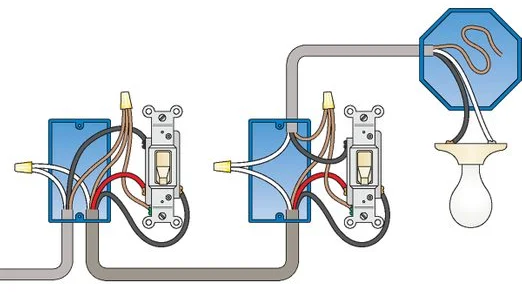
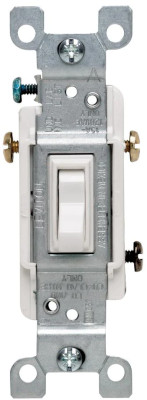
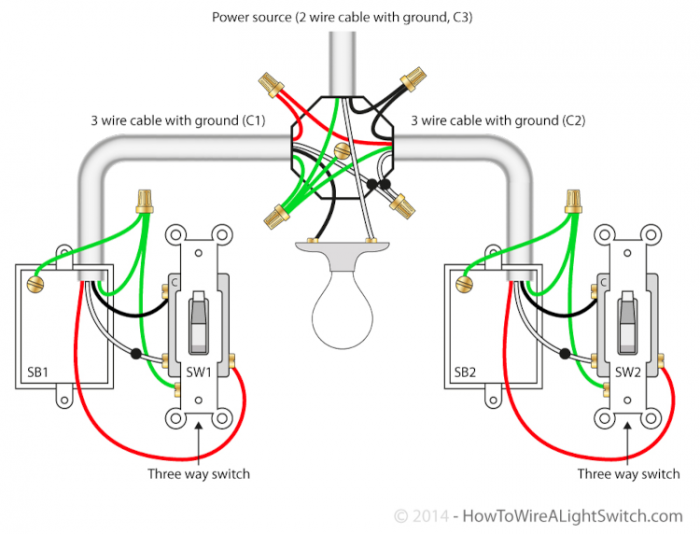

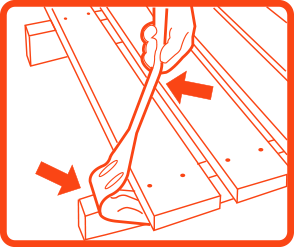
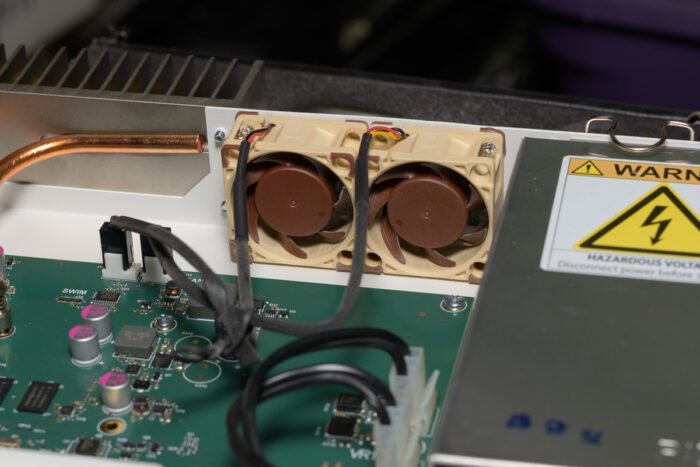


You must be logged in to post a comment.